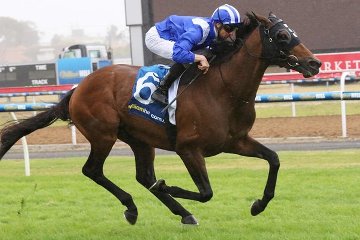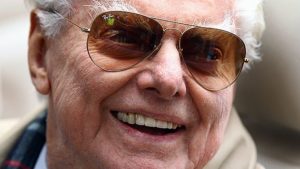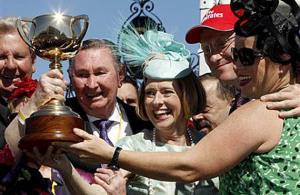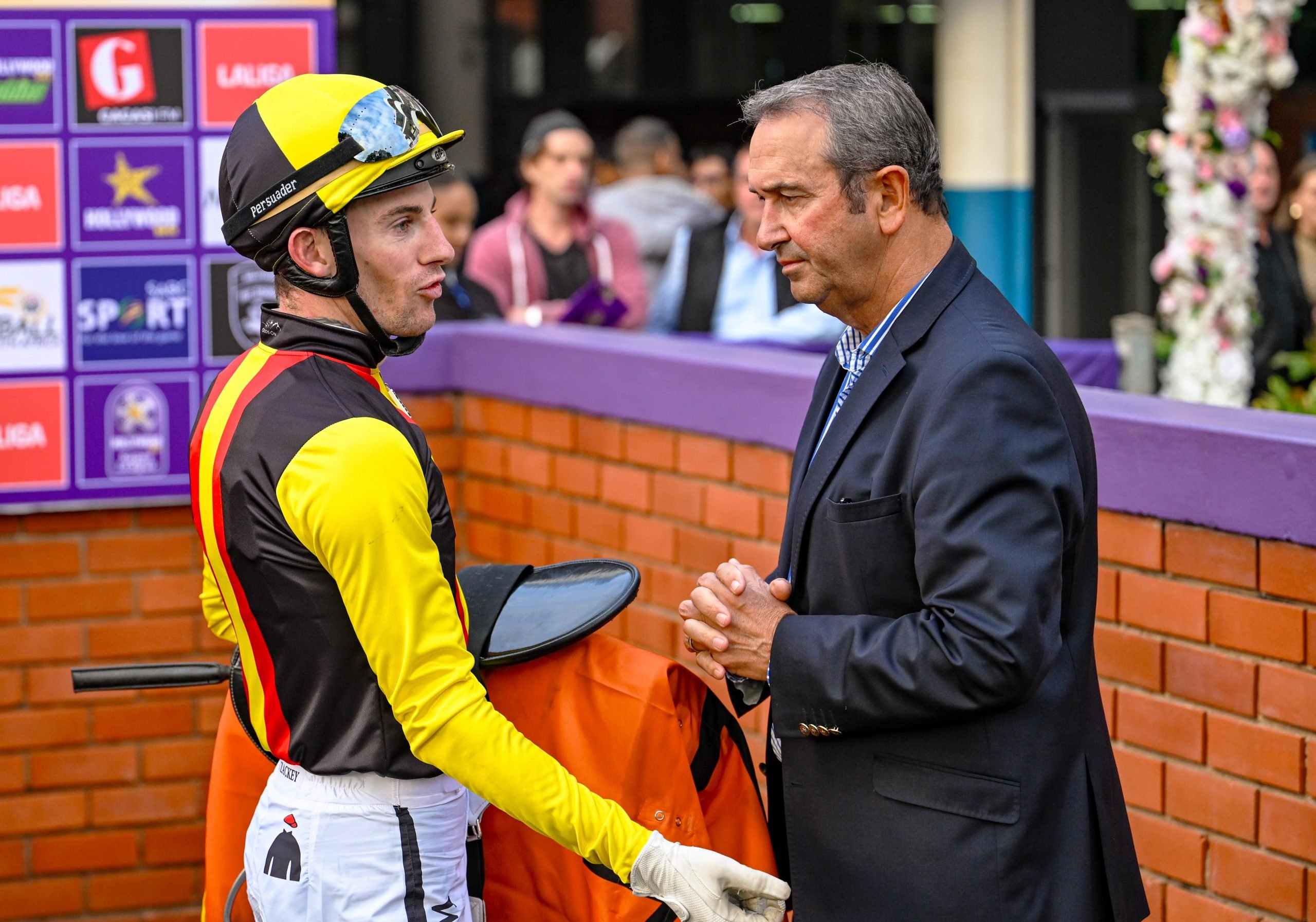
Almoonqith gets a run
There will be more than some arm’s length interest for South African racing fans in next Tuesday’s Melbourne Cup with the news that former Mike De Kock runner Almoonqith looks set to take his place in the final field for the race that ‘stops a nation.’
There are 42 horses left vying for spots in the 24-horse field for the Melbourne Cup after the latest round of acceptances this past Monday.
The notable withdrawals on Monday were Rising Romance, Hauraki, Set Square, Gallante, Magicool and last year’s winner Protectionist while 11 internationally-trained horses remain in the mix.
Moonee Valley Cup winner The United States, who received a 2.5kg penalty for his victory, sits at No.26 in the order of entry while former De Kock-trained Geelong Cup winner Almoonqith is safely in the field at No.22.

The late Bart Cummings
VRC chairman Michael Burn said this was the first carnival without Bart Cummings, the revered trainer who won 12 Cups and died in August aged 87. “He may be gone but Bart’s presence will continue to be strong,” Mr Burn said.
In the pre-race entertainment on Cup Day, Cummings’ grandson James and son Anthony will carry the 2015 trophy and Cummings’ first in 1965 down the straight, then into the mounting yard through a guard of honour featuring the 12 colours of the trainers’ winners.
There is also a permanent memorial and that’s a bronze statue of the late trainer holding binoculars.

Fiorente clan celebrate at 2013 Melbourne Cup
The VRC pours $50 million into the four-day carnival and last year it injected $374 million into the Victorian economy. This year, ticket sales are up by more than 10 per cent and more than 325,000 racegoers are expected to storm through the turnstiles and quench their thirst with various degrees of finesse.
The Melbourne Cup is Australia’s richest ‘two-mile’ handicap in the world, and one of the richest turf races.
Conducted annually by the Victoria Racing Club on the Flemington Racecourse in Melbourne, Victoria, the event starts at 3pm (daylight saving time) on the first Tuesday in November.
The first race was held in 1861 over two miles (3.219 km) but was shortened to 3200 metres in 1972 when Australia adopted the metric system








